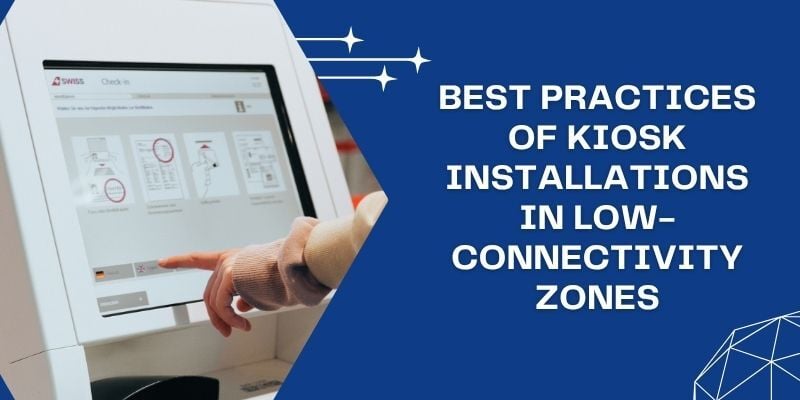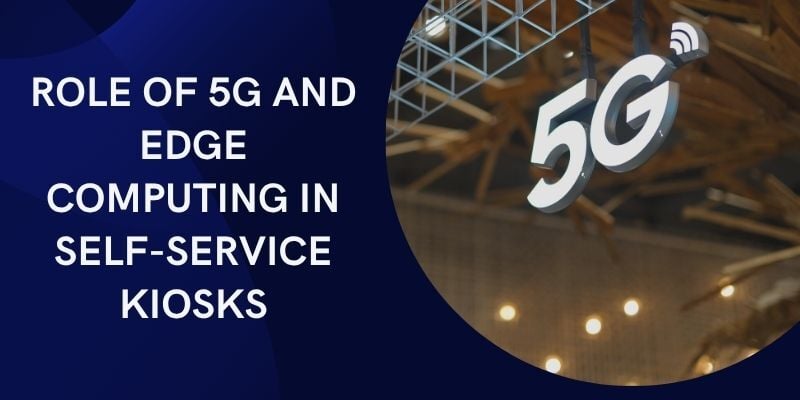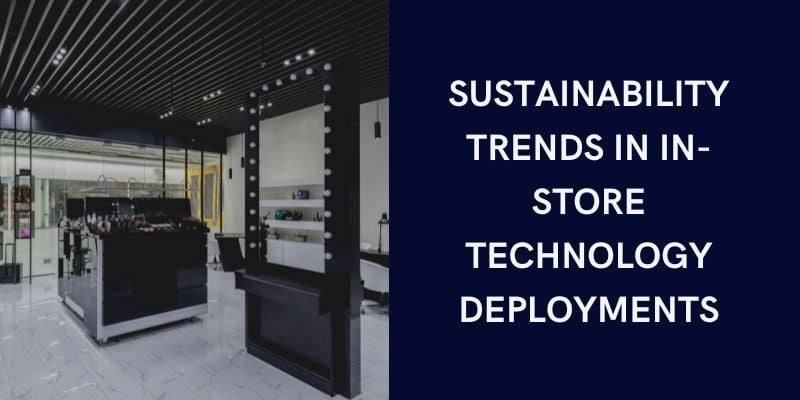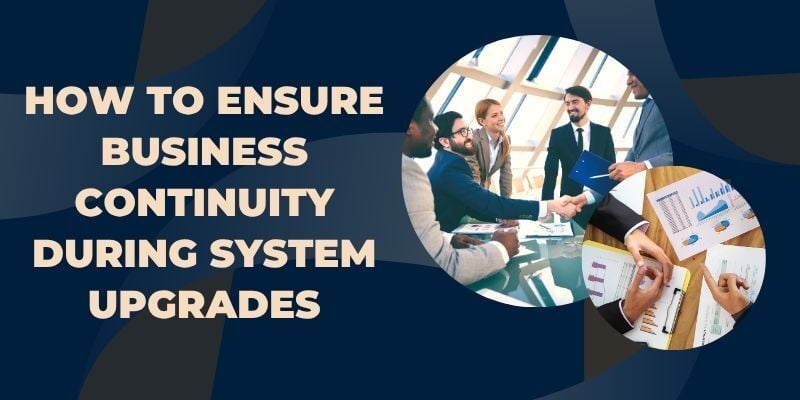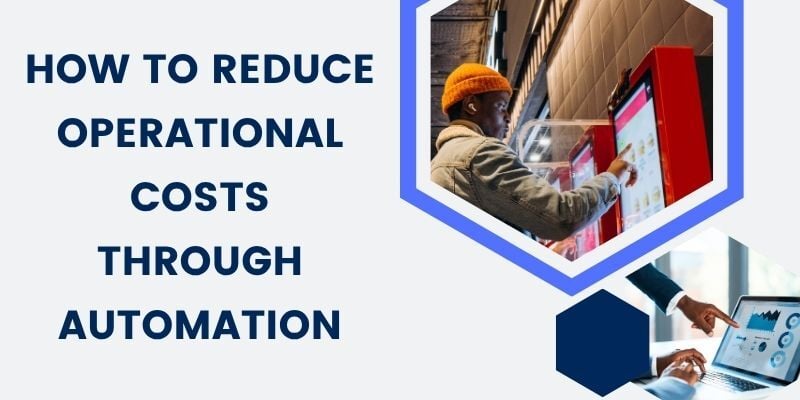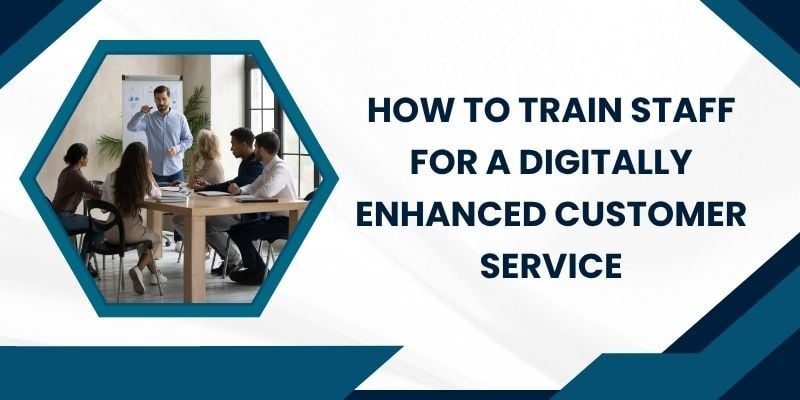Adapting to evolving customer expectations has become critical for businesses aiming to stay relevant and competitive in today’s fast-paced market. As technology and market trends rapidly change, so do customers’ needs and desires.
Companies that understand the change in consumer expectations and adjust their strategies accordingly can build stronger relationships, improve customer loyalty, and ultimately achieve tremendous success.
With the rise of digital innovations and personalized experiences, it’s more important than ever for businesses to keep pace with these shifts to meet the growing customer service expectations and stay ahead of the competition.
What are Evolving Customer Expectations?
Customer expectations refer to the anticipated level of service or product quality that customers believe they should receive when interacting with a business.
These expectations are vital in shaping their overall customer experience and perception of a brand. Companies that exceed these expectations often build strong customer loyalty, while those that fall short risk losing their clientele to competitors.
Impact of Technological Advancements and Market Shifts
Rapid technological advancements and evolving market trends primarily drive the change in consumer expectations. Today, consumers have more information and a more comprehensive range of options than ever, significantly raising the bar for what they expect from businesses.
For instance, the rise of digital platforms like Amazon has set a global standard for customer service expectations, offering features like one-click purchasing, same-day delivery, and personalized recommendations.
Such innovations have clarified that customer expectations evolve and are influenced by what is technologically possible and widely available.
Global Example: Netflix has transformed the entertainment industry by setting new benchmarks for personalized content.
By leveraging AI algorithms and data analytics, Netflix recommends shows and movies based on users’ viewing habits, making each user experience unique.
This approach has dramatically changed consumer expectations in the streaming world, encouraging other platforms to adopt similar technologies.
How to Address Evolved Customer Expectations – Strategies to Meet Changing Customer Demands
As customers’ needs and wants change, businesses have to keep up. Today, people expect things to be fast, easy, and just right for them. They want a smooth experience whether shopping in a store or online.
Companies must find intelligent ways to meet these new demands to ensure customer satisfaction. In this guide, we’ll examine some simple strategies businesses can use to understand and keep up with what customers want.
1. Integrated Experience
 Modern consumers expect an integrated and unified experience across all online and offline touchpoints.
Modern consumers expect an integrated and unified experience across all online and offline touchpoints.
The ability to transition flawlessly from browsing on a smartphone to completing a purchase on a desktop or even picking up the item in-store is now a standard requirement for many customers.
- Importance of Omnichannel Presence: An omnichannel strategy ensures that all customer interactions are interconnected, providing a cohesive experience. Regardless of the channel, businesses that can deliver consistent messaging and service are more likely to meet consumers’ expectations.
Example: Starbucks has mastered the art of omnichannel engagement with its mobile app, which links the user experience between in-store purchases, mobile orders, and loyalty rewards. This smooth integration has become a gold standard for delivering customer service expectations in the food and beverage industry.
- Role of Technology: Leveraging CRM systems, integrated databases, and communication tools, businesses can track customer interactions and preferences, ensuring that each touchpoint improves the overall customer journey. Companies that invest in these technologies are better equipped to meet the increasing customer expectations for fluid, connected experiences.
2. Personalized Experiences
Customers now expect interactions that are tailored to their individual needs and preferences. Personalization has become a key strategy for businesses aiming to develop stronger connections and enhance customer loyalty.
- Data Collection Techniques: To deliver personalized experiences, businesses must effectively gather and analyze customer data. Techniques like surveys, purchase history analysis, and social media monitoring can provide valuable insights into consumer behavior.
Example: Amazon is a global leader in personalization. By analyzing customer purchase patterns and browsing history, Amazon delivers customized product recommendations and targeted email campaigns that increase conversion rates and drive repeat business.
- Impact on Customer Loyalty: Personalized experiences make customers feel valued and understood, significantly developing their brand loyalty. Studies by Epsilon show that 80% of consumers are more likely to purchase when brands offer personalized experiences, highlighting the importance of adapting to changing customer needs.
3. Advancing Digital Technology
Digital technology is reshaping the landscape of customer expectations, enabling businesses to offer faster, more convenient, and engaging interactions.
- Emerging Technologies: Tools like AI, AR/VR, and chatbots have revolutionized how businesses interact with customers. AI-driven chatbots, for instance, provide instant responses to queries, improving customer service speed and quality.
Example: Sephora uses AR technology in its mobile app to allow users to try makeup virtually before purchasing. This innovative use of technology not only meets increasing customer expectations but also improves the shopping experience by making it interactive and personalized.
- Staying Competitive: To remain competitive, businesses must stay updated with the latest technological advancements. Adopting new digital tools can help companies meet customers’ evolving demands and offer differentiated experiences that set them apart from competitors.
4. Proactive Customer Service
 The shift from reactive to proactive customer service has become a necessary factor in meeting evolving customer expectations. Proactive service involves anticipating and addressing customer needs before issues arise, which helps build trust and long-term loyalty.
The shift from reactive to proactive customer service has become a necessary factor in meeting evolving customer expectations. Proactive service involves anticipating and addressing customer needs before issues arise, which helps build trust and long-term loyalty.
- Benefits of Proactive Service: Proactive customer service reduces friction, prevents problems, and improves the overall customer experience. It shows that the business is attentive and genuinely cares about the customer’s satisfaction.
Example: Apple’s approach to customer service is an excellent example of proactivity. The company regularly contacts customers with software updates, tips for better device usage, and personalized support, ensuring that they get the most out of their products.
- Strategies for Implementation: Regular check-ins, personalized follow-ups, and providing useful information before it’s requested can significantly improve customer relationships and ensure their needs are always met.
5. Prompt Replies
In today’s fast-paced world, customers expect quick responses to their inquiries. Delays in communication can lead to frustration and dissatisfaction, so prompt replies are essential for businesses looking to exceed customer service expectations.
- Importance of Timely Communication: Speed is a critical factor in customer service. Businesses that respond quickly to questions or concerns are more likely to retain satisfied customers and encourage repeat business.
Example: Zappos, known for its exceptional customer service, prioritizes rapid response times and open communication channels, ensuring customers feel valued and heard. This approach has helped Zappos build a loyal customer base that trusts their commitment to service excellence.
- Improving Response Times: Implementing AI-powered chatbots and streamlining internal processes can help businesses significantly reduce response times and boost customer engagement.
6. Customer Care 24/7
In today’s globalized economy, customers expect businesses to be available whenever they need assistance, regardless of the time zone. The demand for 24/7 customer support has become a standard expectation, driven by the digital age where accessibility is key.
- Benefits of 24/7 Support: Offering round-the-clock customer service helps businesses cater to global customers, increases satisfaction, and ensures no query goes unanswered. This availability can significantly boost customer trust and loyalty, demonstrating a commitment to consistently meeting customer needs.
Example: Companies like Shopify provide 24/7 customer support through various channels, including live chat, email, and phone support. This approach meets the increasing customer expectations for immediate assistance and ensures that businesses using the Shopify platform have continuous access to help when needed.
- Multiple Support Channels: To effectively offer 24/7 support, businesses can leverage different channels such as live chat, social media, automated systems, and AI-powered chatbots. These tools enable instant responses, making handling high volumes of inquiries easier without compromising service quality.
7. Customer Feedback Drives Change
Valuing and using customer feedback to drive change is crucial in adapting to evolving customer expectations. Feedback provides insights into what customers like, dislike, and expect from a business, making it a powerful tool for continuous improvement.
- Collecting and Analyzing Feedback: Businesses can gather feedback through surveys, reviews, social media, and direct interactions. Analyzing this data helps identify trends and areas that need augmentation, allowing companies to adapt their offerings better to suit customers’ needs and expectations.
Example: Airbnb actively uses customer feedback to refine its services and features. By listening to host and guest suggestions, Airbnb has rolled out new tools and policies that directly address the needs expressed by its user base. This proactive approach has helped the company remain competitive and in tune with changing customer needs.
- Making Tangible Changes: It’s essential for businesses not only to collect feedback but also to show customers that their opinions lead to real improvements. Demonstrating that feedback has a tangible impact can significantly increase customer engagement and loyalty.
8. Safeguarding Data and Ensuring Transparency
 With growing concerns over data privacy, customers expect businesses to handle their personal information responsibly and transparently. Safeguarding customer data has become critical to building trust and meeting evolving customer expectations.
With growing concerns over data privacy, customers expect businesses to handle their personal information responsibly and transparently. Safeguarding customer data has become critical to building trust and meeting evolving customer expectations.
- Data Protection Practices: Companies need to adopt best practices for data protection, such as encryption, secure data storage, and compliance with global data protection regulations like GDPR. Ensuring that customers’ data is safe can significantly improve a business’s reputation and customer confidence.
Example: Apple is renowned for its strong stance on data privacy. The company has implemented end-to-end encryption on its devices and provides users with clear information on how their data is used. This transparency and focus on security have set a new standard in the tech industry, aligning with consumers’ expectations for trustworthy data practices.
- Transparency in Data Usage: It is crucial to be open about how customer data is collected, stored, and used. Customers are more likely to trust businesses that are transparent about their data policies and give them control over their personal information.
9. Consistency
Consistency across all touchpoints and interactions is essential in building customer trust and a cohesive brand experience. Customers expect the same quality and service regardless of where or how they engage with a brand.
- Impact on Customer Trust: Consistent branding and messaging across all channels create a unified image, reinforcing customer confidence in the business. Inconsistencies, on the other hand, can lead to confusion and mistrust.
Example: Coca-Cola is a classic example of a brand that maintains consistency across its global marketing campaigns. Through its social media, TV ads, or in-store promotions via its self-service kiosks, Coca-Cola delivers a uniform brand message that resonates with consumers worldwide, fulfilling customer expectations for reliability and quality.
- Tips for Ensuring Consistency: To achieve consistency, businesses should focus on training staff, using standardized processes, and implementing robust quality control measures. This ensures that every customer interaction aligns with the brand’s values and standards.
10. Ethical Use of AI
As businesses increasingly rely on AI, there is a growing expectation for these technologies to be used ethically. Customers demand that AI be deployed in fair, transparent, and accountable ways.
- Significance of Ethical AI: Ethical considerations are essential as AI becomes more integrated into business operations. Companies must ensure AI systems do not reinforce biases, compromise privacy, or operate without transparency.
Example: Microsoft faced backlash in the past due to the unintended bias in its AI systems, highlighting the need for ethical oversight in AI development. Learning from such incidents, Microsoft has since implemented stricter ethical guidelines to prevent similar issues, meeting the evolving customer expectations for fairness and transparency in AI applications.
- Obtaining Consent for Data Use: Businesses should always seek explicit consent from customers before using their data for AI purposes. This approach complies with legal standards and builds trust by respecting customer autonomy and privacy.
FAQs
Do customer expectations evolve?
Customer expectations evolve over time due to technological advancements, market trends, and changing societal norms. Businesses need to stay agile to meet these shifting demands.
What are the three ways that customers form expectations?
Customers typically form expectations based on their past experiences, brand marketing communications, and word-of-mouth or recommendations from others.
How do you surpass customer expectations?
Surpassing customer expectations involves going beyond the basics to offer personalized experiences, proactive customer service, and value-added interactions that create memorable moments for the customer.
How do you reset customer expectations?
Resetting customer expectations requires clear communication, setting realistic promises, and consistently delivering on them. Transparency about what customers can expect is key to managing their perceptions.
What is considered the key to exceeding customer expectations?
The key to exceeding customer expectations is understanding their needs sincerely, proactively addressing them, and continuously innovating to offer unique and personalized experiences.
Conclusion
Adapting to evolving customer expectations is essential for businesses aiming to achieve long-term success in a competitive market.
As customer needs continue to shift due to technological advancements and changing trends, businesses must remain flexible, innovative, and responsive to these changes.
Focusing on personalized experiences, ethical AI use, and consistent service delivery can help companies meet and exceed customer service expectations, nurturing loyalty and driving growth.
Encouraging businesses to prioritize customer-centric strategies will help them stay ahead of the curve and build stronger connections with their audience.
Remember, the journey to understanding and meeting evolving customer expectations is continuous, requiring constant adaptation and a commitment to excellence.
BOOK A FREE DEMO
